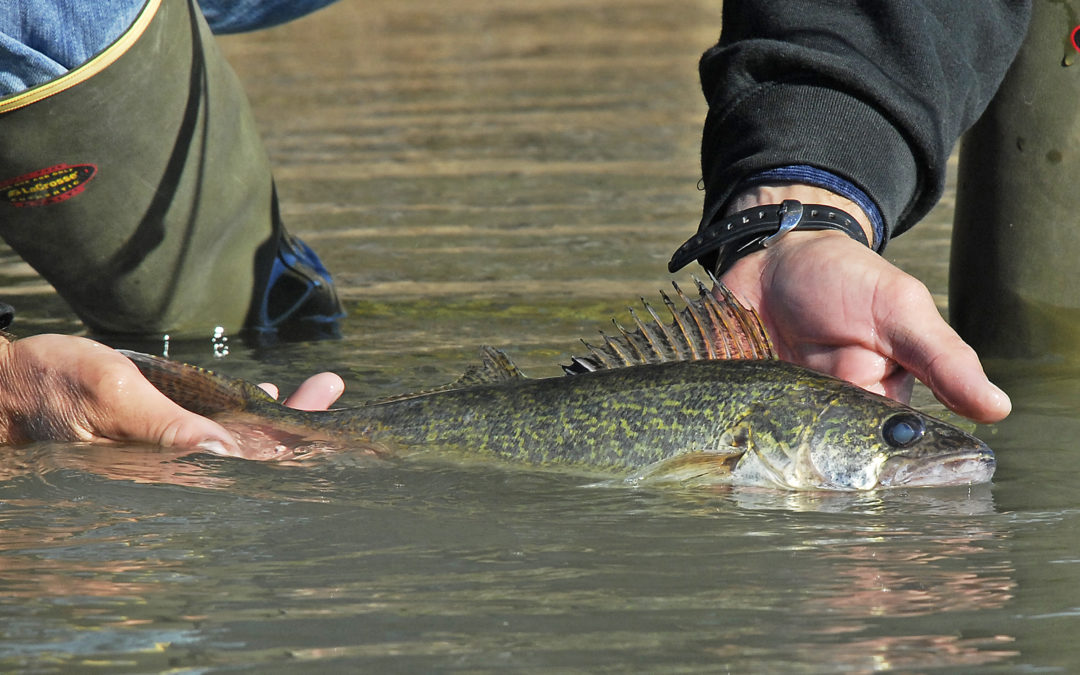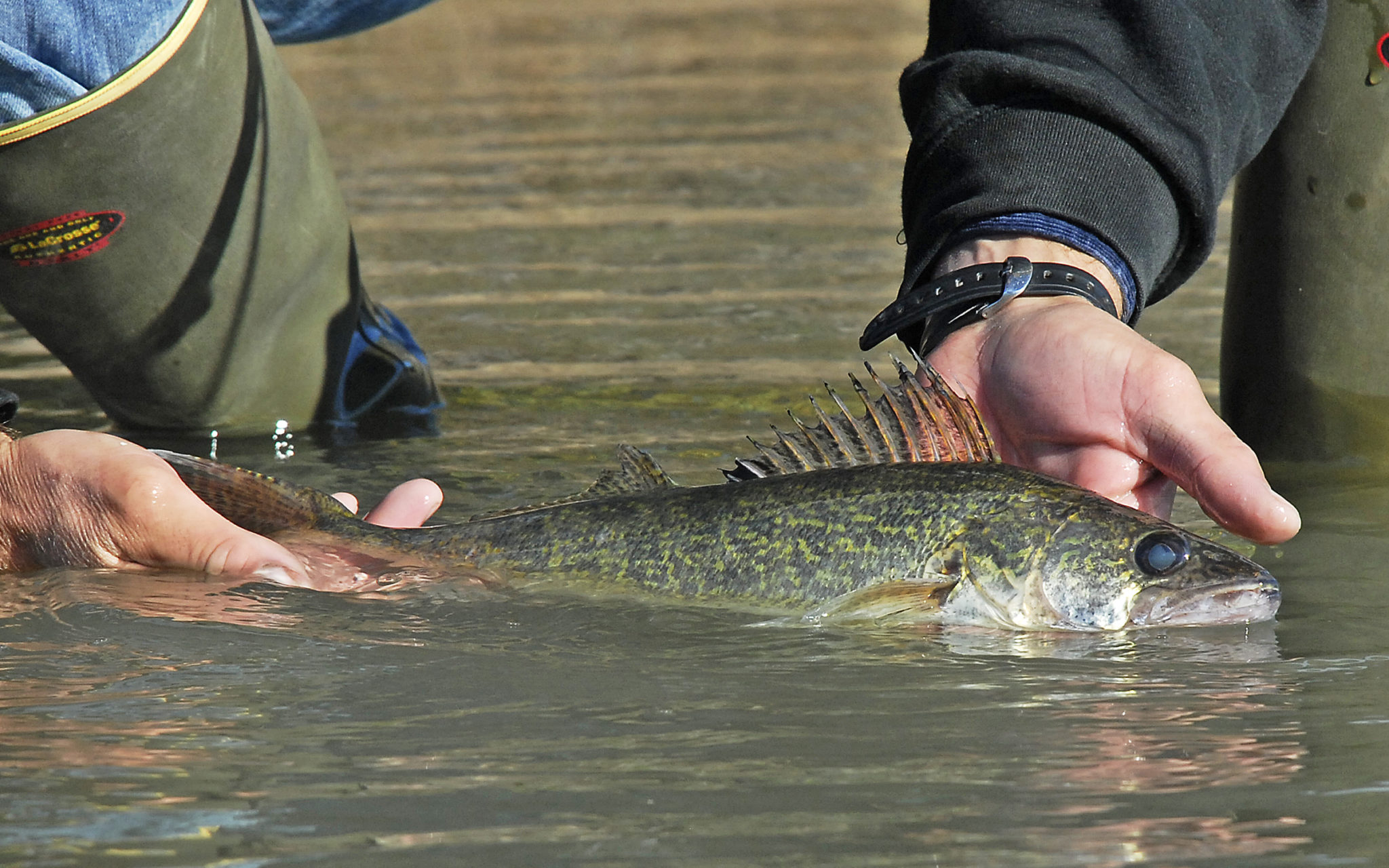I’ve always preferred simple tackle for fishing – bobbers, jigs, spoons and hooks – though I’m not categorically against using the latest legal tools and technology.
I call it low impact angling. Some call it bobbers and worms. Whatever you declare, it’s more about enjoying fish and less about trophy angling, no matter the cost.
You can find fish – I bet we’ve all seen bluegills shading themselves under a dock – and still not catch them.
For the most part, contemporary anglers using the latest inventions have not necessarily accelerated the demise of fishing. In fact, I remember a few years ago an older angler relating to me that when monofilament line hit the market, it was thought to be the demise of fish, as they couldn’t see the line and didn’t stand a chance. I’m living proof that didn’t happen.
Many modern-day anglers enjoy a fillet or two, but are more in tune with catching than cleaning. Having grown up in North Dakota, this transition has surprised me. Most anglers will keep a few fish for eating, and maybe save a fish-of-a-lifetime to send to the taxidermist
The North Dakota Game and Fish Department sets daily fish limits, and any other restrictions for keeping fish, based on a variety of scientific factors. At this time, research shows that few lakes in the state have any need for regulations that require release of certain sizes of fish.
But anglers release a lot of fish on their own, whether it’s small or large ones, or the fishing is so good that keeping the first five walleyes you catch will make for a pretty short day on the water.
Here’s a few tips for releasing a fish so others may have a chance to catch it sometime down the road:
- Decide to release the fish as soon as you hook it. Remember, North Dakota law does not allow putting a fish in a livewell and then releasing it later.
- Generally, land the fish quickly and don’t play it to exhaustion.
- Set the hook quickly to reduce the likelihood the fish will swallow the bait.
- Bring a fish in slowly from deep water to help it adjust to changing pressure.
- Don’t put your fingers in the eyes or gills of the fish.
- Avoid removing mucous or scales.
- Get the fish back in the water as quickly as possible.
- If the hook is very deep within the fish, or it can’t be removed quickly, cut the leader close to the fish’s mouth.
- Back the hook out the opposite way it went in.
- Use needle-nose pliers, hemostats, or a hook-out to remove the hook and protect your hands.
- Place the fish in the water, gently supporting the mid-section and tail until it swims away.
- Resuscitate an exhausted fish by moving it back and forth to encourage water flow through its gills.




